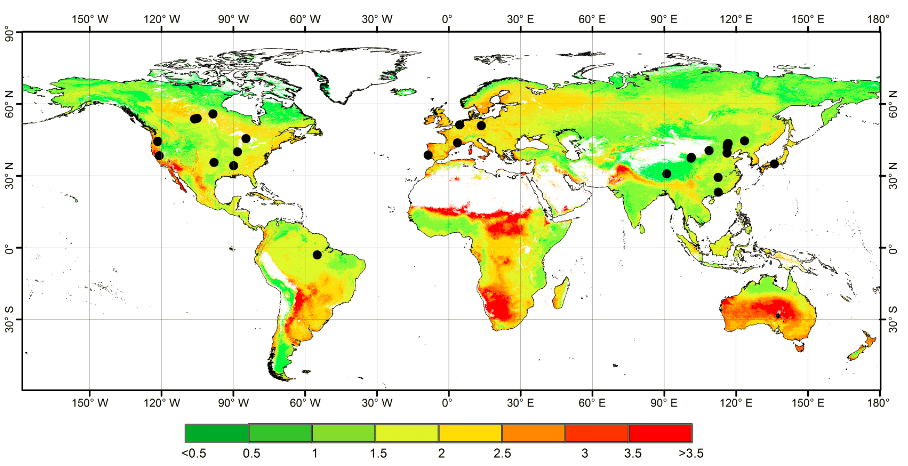

Changes of forest quality are composed by the changes in forest structure and species composition, which are usually caused by tree growth, anthropogenic activities (e.g., forest treatment, logging), and environmental disturbances (e.g., drought, flood, and wildfire). To quantitatively assess forest structure changes from multitemporal lidar data, we proposed an algorithm based on the profile area change of sequenced lidar points. The proposed method has been proven that can improve the accuracy of forest structure change detection by 80% and is more effective to detect undercanopy changes (Hu et al., 2019). On the basis of change detection results, we conducted studies on large-scale and long-term tree growth monitoring and tree growth competition studies, which provide valuable foundation for building tree growth models (Ma et al., 2017). We further investigated how variations in environmental conditions influence the spatial and temporal variations in forest structures and therefore influence the forest health. We observed significant spatial variations in crown architecture traits across large climate gradients, and crown shape related architecture traits coordinate with trunk and leaf traits tightly to balance the water and light demands and therefore adapt to changes in environmental conditions (Su et al., in press). Within the same environmental condition, large trees like Giant Sequoia are more sensitive to droughts, and the increase in temperature can further enlarge the influence of water stress on Giant Sequoia (Su et al., 2017). From the perspective of ecological modelling, we found that the neglection of the heterogeneity of forest structure in ecological models can bring significant uncertainty in the modelling results (Xue et al., 2017). To further extend the spatial scale, we evaluated the changes in the Vegetation Map of China during the last three decades, and developed an algorithm to update the Vegetation Map of China through the fusion of field data, crowdsourced data, lidar data, and satellite imagery (Su et al., in press). These studies demonstrate how forest structure influence the distribution of light and water resources, and reveal the relationship between forest structure, forest heath, and climate change, which provide a new vantage point on predicting the ecological process under the background of global climate change.